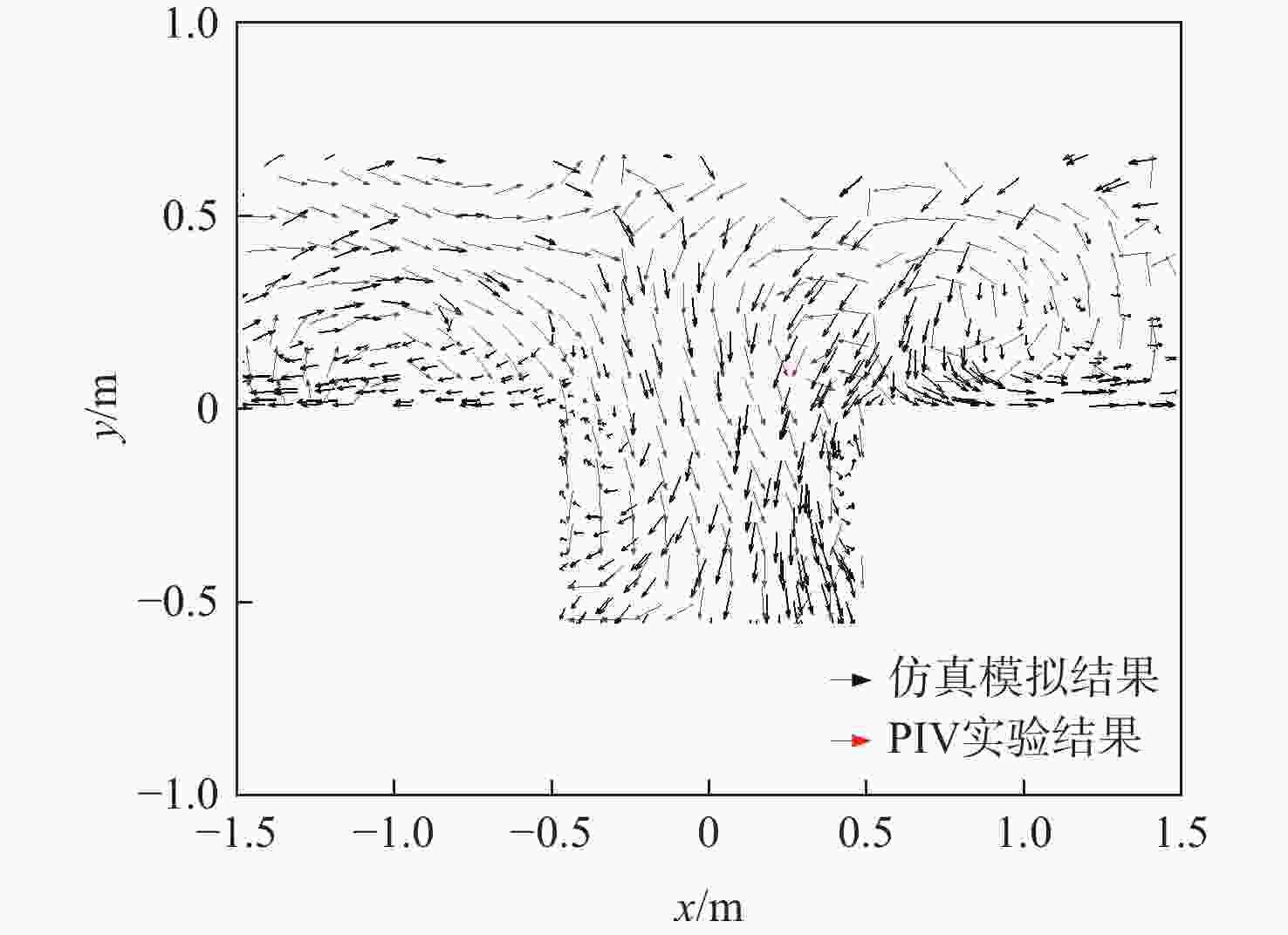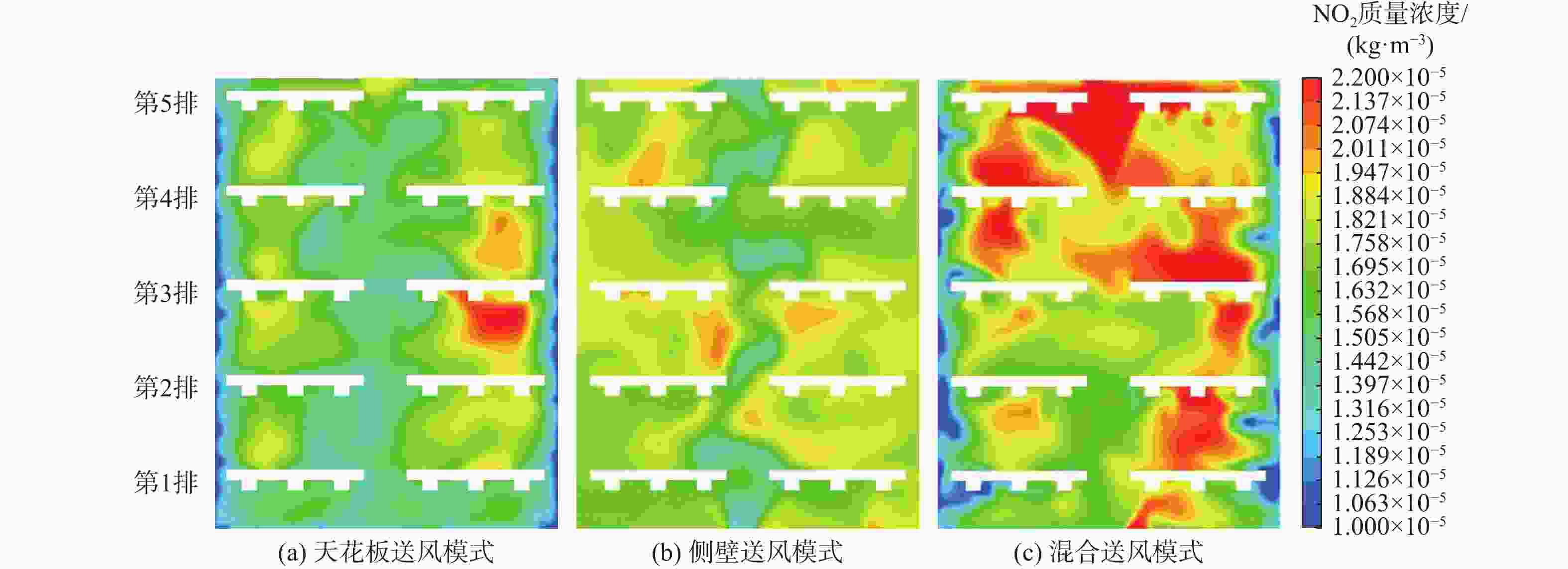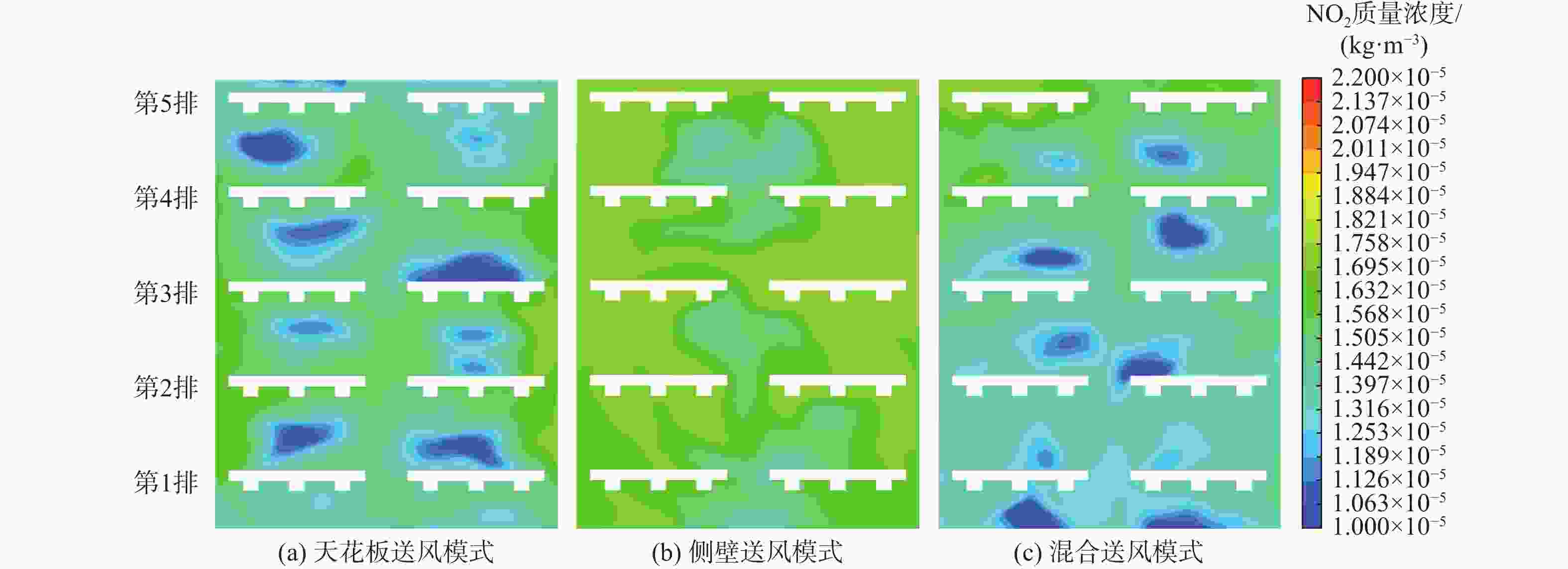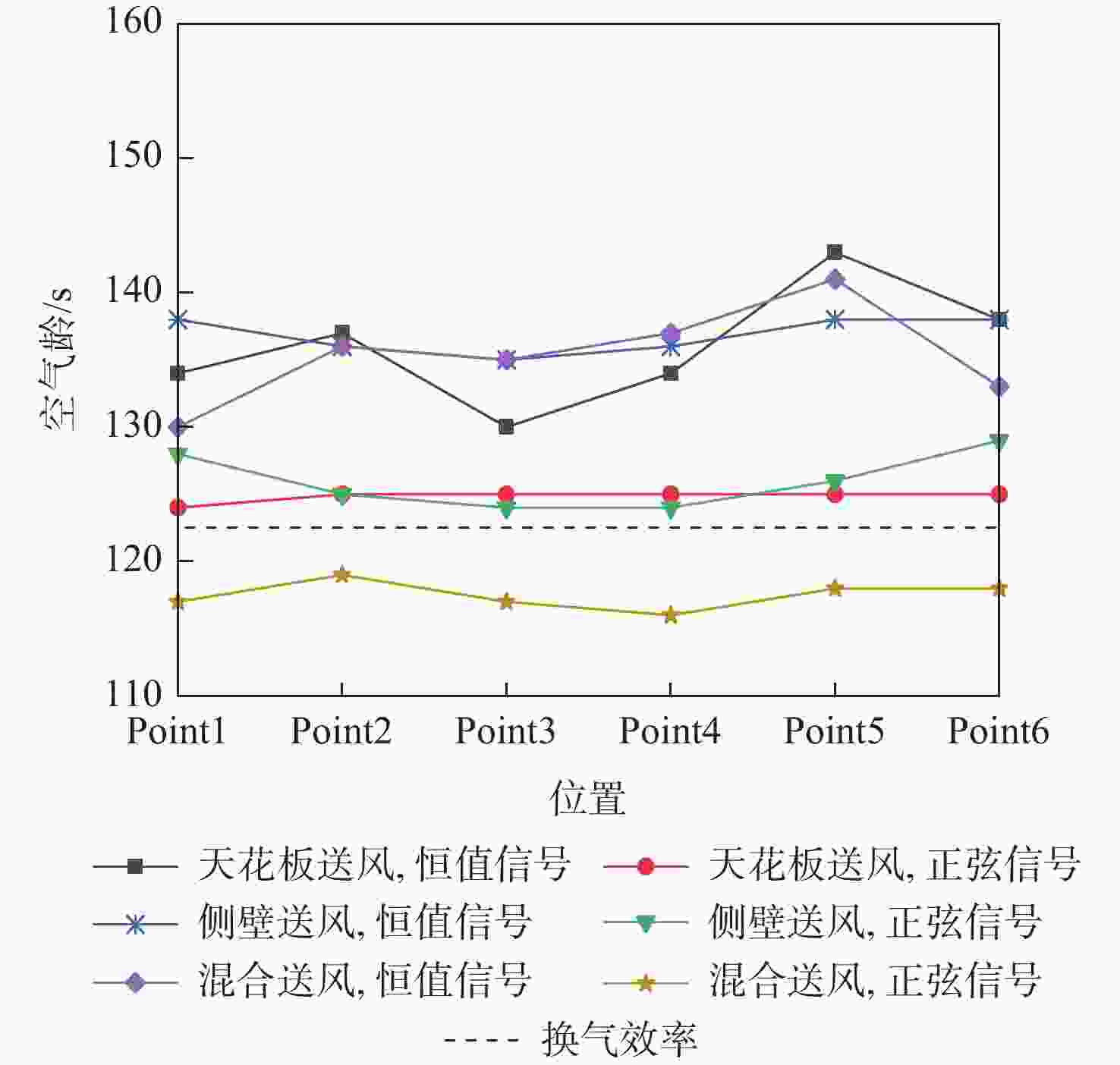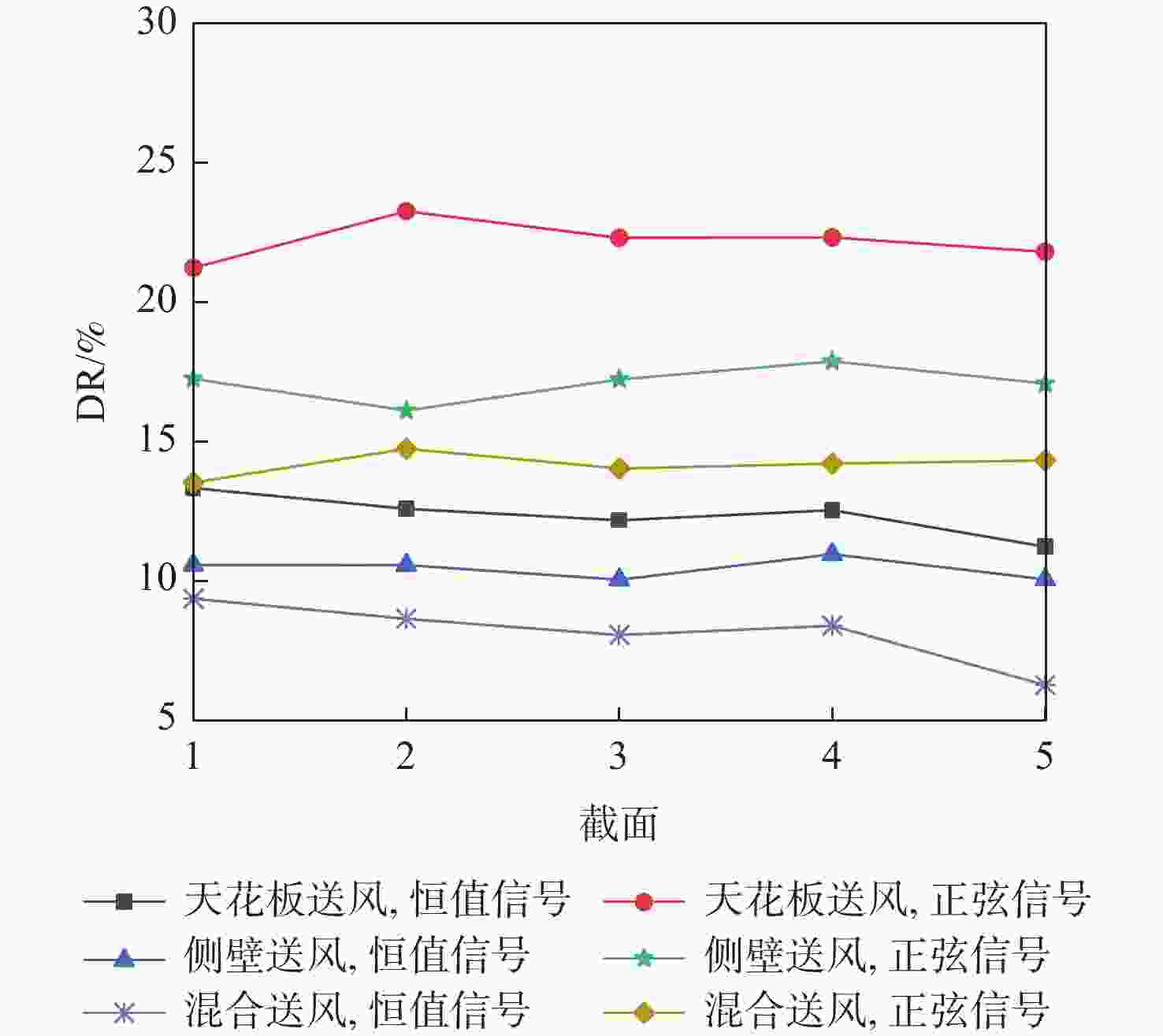Removal cabin bleeding air system gaseous pollutants method based on air conditioning sinusoidal wind
-
摘要:
客机从廊桥推出排队等待起飞期间,机坪大量的气态污染物会从发动机引气系统直接进入客舱,目前客舱空调采用的是恒值风速送风,引气污染物的清除效率不高。基于此,建立了Boeing737客舱仿真模型,通过粒子图像测速(PIV)实验验证了客舱仿真模型的准确性。选取NO2为引气污染物,空调采用正弦信号送风替代恒值信号送风,模拟了天花板送风、侧壁送风和混合送风3种送风模式,获得了恒值信号送风和正弦信号送风情况下乘客呼吸区和客舱整体的NO2分布特征,提出将空气龄和吹风感指数(DR
) 相结合的方法,评估出有利于引气污染物排出的空调最佳送风工况。结果表明:在180 s时,相比恒值信号送风,空调采用正弦信号送风后,在天花板送风模式下,客舱内的NO2平均质量浓度降低了7.95%,侧壁送风模式下降低了6.51%,混合送风模式下降低了23.3%。正弦信号送风下混合送风模式NO2清除效果最好,空气龄最小,且乘客的吹风感指数也符合热舒适性要求。Abstract:The gaseous pollutants get into the cabin by the engine bleeding air system when the plane is waiting for taking off on the apron. However, the cabin air conditioning wind speed is constant, and the removal efficiency of the bleeding gaseous pollutants is low. To solve this problem, the Boeing737 cabin simulation model was established and the accuracy of the cabin simulation model was verified by particle image velocimetry (PIV) experiment. The air conditioning used sinusoidal wind instead of the constant wind, and used NO2 as bleeding air pollutant. Three work modes of air supply, the ceiling air supply, sidewall air supply and mixed air supply were simulated. The distribution results of NO2 in passenger breathing areas and cabin were obtained by constant wind and sinusoidal wind. A method based on air age and draft rating index (DR) was proposed to evaluate the best air conditioning work mode, which is efficient in removing cabin gaseous pollutants. In 180 seconds, the average concentration of NO2 decreased by 7.95% by sinusoidal wind ceiling air supply mode. The sinusoidal wind sidewall air supply mode decreased by 6.51%, and the sinusoidal wind mixed air supply mode decreased by 23.3%. The sinusoidal wind mixed air supply mode has the best effect on the removal of NO2 and the minimum air age. The draft rating index meets the requirements of thermal comfort.
-
Key words:
- aircraft cabin /
- sinusoidal air supply /
- gaseous pollutants /
- air age /
- draft rating index
-
表 1 送风速度
Table 1. Air supply speed
m/s 送风模式 恒值信号送风
速度正弦信号送风
速度天花板送风 3.9 $3.9+3.9 {\rm{sin} }\left(\dfrac{2{\text{π} } }{60}t\right)$ 侧壁送风 3.6 $3.6+3.6{\rm{sin} }\left(\dfrac{2{\text{π} } }{60}t\right)$ 混合
送风天花板送风 2.5 $2.5+2.5 {\rm{sin} }\left(\dfrac{2{\text{π} } }{60}t\right)$ 侧壁送风 1.3 $1.3+1.3 {\rm{sin} }\left(\dfrac{2{\text{π} } }{60}t\right)$ -
[1] ZAPOROZHETS O, SYNYLO K. Improvements on aircraft engine emission and emission inventory asesessment inside the airport area[J]. Energy, 2017, 140: 1350-1357. doi: 10.1016/j.energy.2017.07.178 [2] 韩博, 黄佳敏, 魏志强. 民航飞机起飞过程气态污染物排放特征分析[J]. 环境科学, 2016, 37(12): 4524-4530.HAN B, HUANG J M, WEI Z Q. Gaseous emission characterization of civil aviation aircraft during takeoff[J]. Environmental Science, 2016, 37(12): 4524-4530(in Chinese). [3] 陈希远, 王振斌, 马博文, 等. 考虑污染物传播规律的飞机座舱送风方式研究[J]. 航空学报, 2018, 39(7): 121994.CHEN X Y, WANG Z B, MA B W, et al. Study on air supply mode of aircraft cabin considering contaminant transmission laws[J]. Acta Aeronautica et Astronautica Sinica, 2018, 39(7): 121994(in Chinese). [4] 杨建忠, 马博文, 陈希远, 等. 送风形式对飞机座舱引气污染物扩散影响[J]. 交通运输工程学报, 2019, 19(1): 108-118. doi: 10.3969/j.issn.1671-1637.2019.01.011YANG J Z, MA B W, CHEN X Y, et al. Influence of air supply form on contaminat diffusion of bleed air in aircraft cabin[J]. Journal of Traffic and Transportation Engineering, 2019, 19(1): 108-118(in Chinese). doi: 10.3969/j.issn.1671-1637.2019.01.011 [5] 林家泉, 李弯弯, 王瑞婷, 等. 基于飞机客舱空气品质的桥载空调送风优化[J]. 北京航空航天大学学报, 2017, 43(11): 2259-2265. doi: 10.13700/j.bh.1001-5965.2017.0059LIN J Q, LI W W, WANG R T, et al. Optimization of air supply for bridge load air conditioning based on aircraft cabin air quality[J]. Journal of Beijing University of Aeronautics and Astronautics, 2017, 43(11): 2259-2265(in Chinese). doi: 10.13700/j.bh.1001-5965.2017.0059 [6] WANG A J, ZHANG Y H, SUN Y G, et al. Experimental study of ventilation effectiveness and air velocity distribution in an aircraft cabin mockup[J]. Building and Environment, 2008, 43(3): 337-343. [7] YAN W, ZHANG Y H, SUN Y G, et al. Experimental and CFD study of unsteady airborne pollutant transport within an aircraft cabin mock-up[J]. Building and Environment, 2009, 44(1): 34-43. [8] LI F, LIU J J, PEI J J, et al. Experimental study of gaseous and particulate contaminants distribution in an aircraft cabin[J]. Atmospheric Environment, 2014, 85: 223-233. doi: 10.1016/j.atmosenv.2013.11.049 [9] POUSSOU S B, MAZUMDAR S, PLESNIAK M W, et al. Flow and contaminant transport in an airliner cabin induced by a moving body: Model experiments and CFD predictions[J]. Atmospheric Environment, 2010, 44(24): 2830-2839. doi: 10.1016/j.atmosenv.2010.04.053 [10] 黄衍, 段然, 李炳烨, 等. 飞机座舱个性送风下的气态污染物传播规律实例研究[J]. 应用力学学报, 2015, 32(4): 586-592.HUANG Y, DUAN R, LI B Y, et al. Simulation of contaminant transportation in aircraft cabin with partly gaspers on[J]. Chinese Journal of Applied Mechanics, 2015, 32(4): 586-592(in Chinese). [11] YOU R Y, ZHANG Y Z, ZHAO X W, et al. An innovative personalized displacement ventilation system for airliner cabins[J]. Building and Environment, 2018, 137: 41-50. doi: 10.1016/j.buildenv.2018.03.057 [12] ZHANG T F, LI P H, WANG S G. A personal air distribution system with air terminals embedded in chair armrests on commercial airplanes[J]. Building and Environment, 2012, 47: 89-99. doi: 10.1016/j.buildenv.2011.04.035 [13] ZHANG T F, CHEN Q Y. Novel air distribution systems for commercial aircraft cabins[J]. Building and Environment, 2007, 42(4): 1675-1684. [14] MESENHOLLER E, VENNEMANN P, HUSSONG J. Unsteady room ventilation-A review[J]. Building and Environment, 2020, 169: 106595. doi: 10.1016/j.buildenv.2019.106595 [15] FALLENIUS B E, SATTARI A, FRANSSON J H, et al. Experimental study on the effect of pulsating inflow to an enclosure for improved mixing[J]. International Journal of Heat and Fluid Flow, 2013, 44: 108-119. doi: 10.1016/j.ijheatfluidflow.2013.05.004 [16] VAN HOOFF T, BLOCKEN B, CAO S J, et al. Mixing ventilation driven by two oppositely located supply jets with a time-periodic supply velocity: A numerical analysis using computational fluid dynamics[J]. Indoor and Built Environment, 2020, 29(4): 603-620. doi: 10.1177/1420326X19884667 [17] WU C F, AHMED N A. A novel mode of air supply for aircraft cabin ventilation[J]. Building and Environment, 2012, 56: 47-56. doi: 10.1016/j.buildenv.2012.02.025 [18] 林家泉, 戴仕卿. 基于排污效率和吹风感指数的客舱空调最佳送风方式[J]. 航空学报, 2022, 43(7): 125266.LIN J Q, DAI S Q. Optimal air supply mode of aircraft cabin based on removal effectiveness and draft rating[J]. Acta Aeronautica et Astronautica Sinica, 2022, 43(7): 125266(in Chinese). [19] ZHANG Z, ZHANG W, ZHAI Z Q, et al. Evaluation of various turbulence models in predicting airflow and turbulence in enclosed environments by CFD: Part 2-Comparison with experimental data from literature[J]. HVAC & R Research, 2007, 13(6): 871-886. -






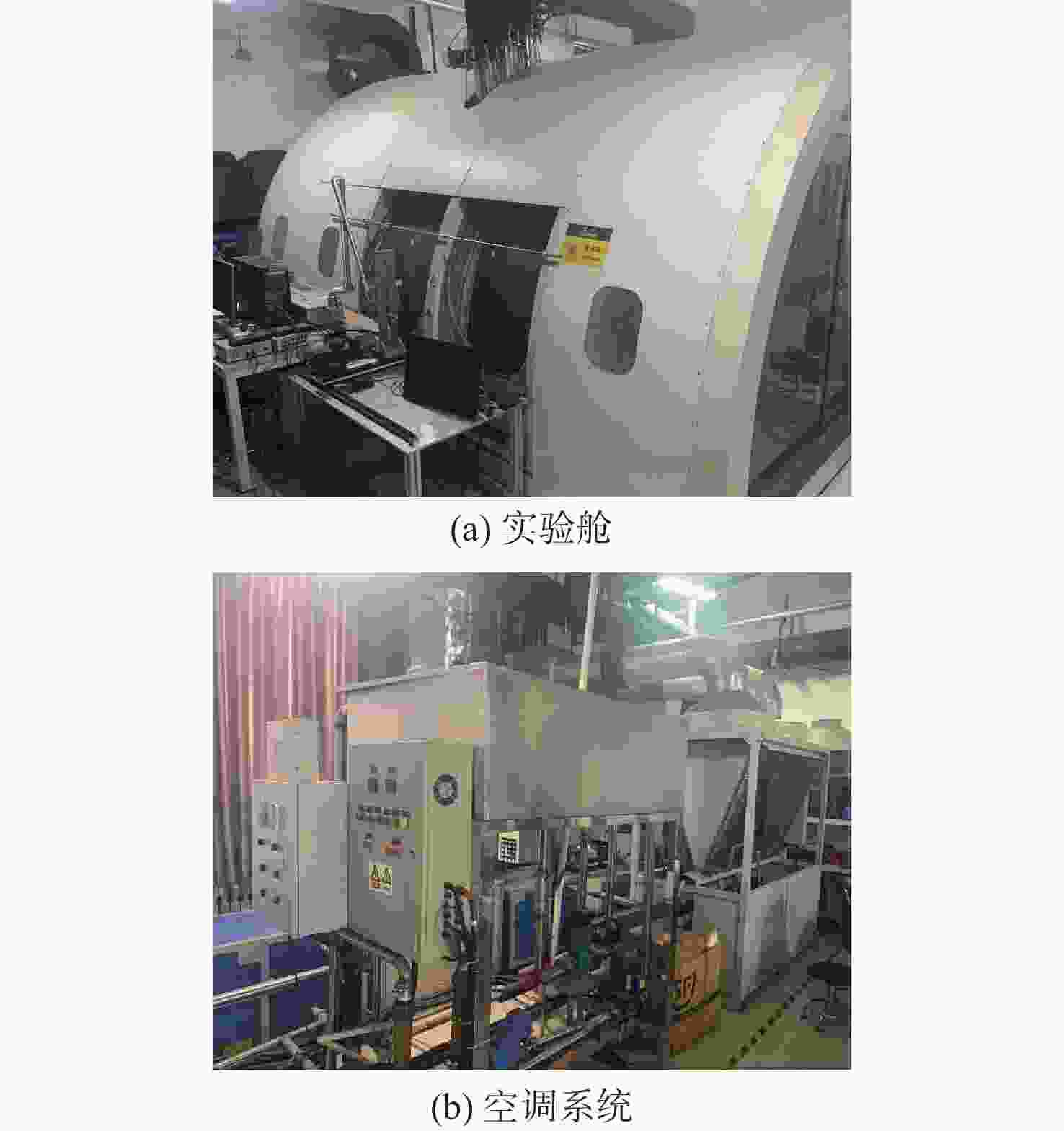
 下载:
下载:

